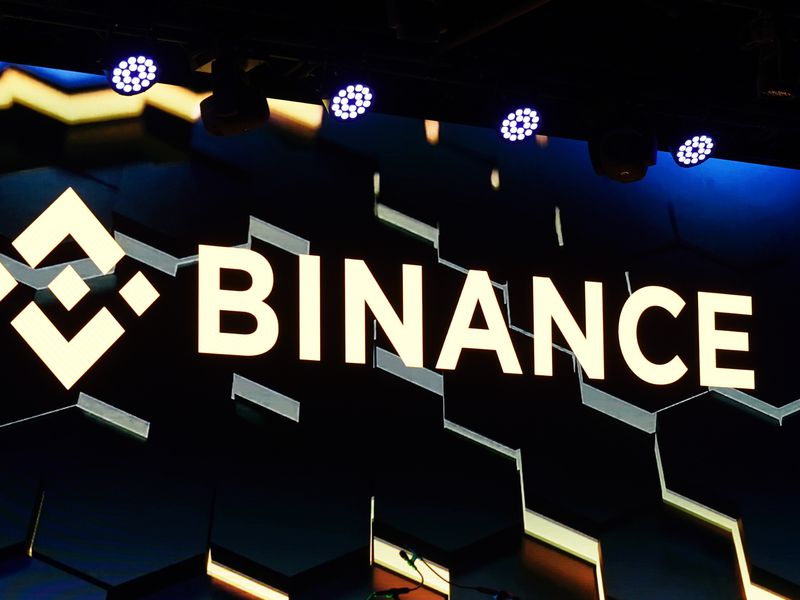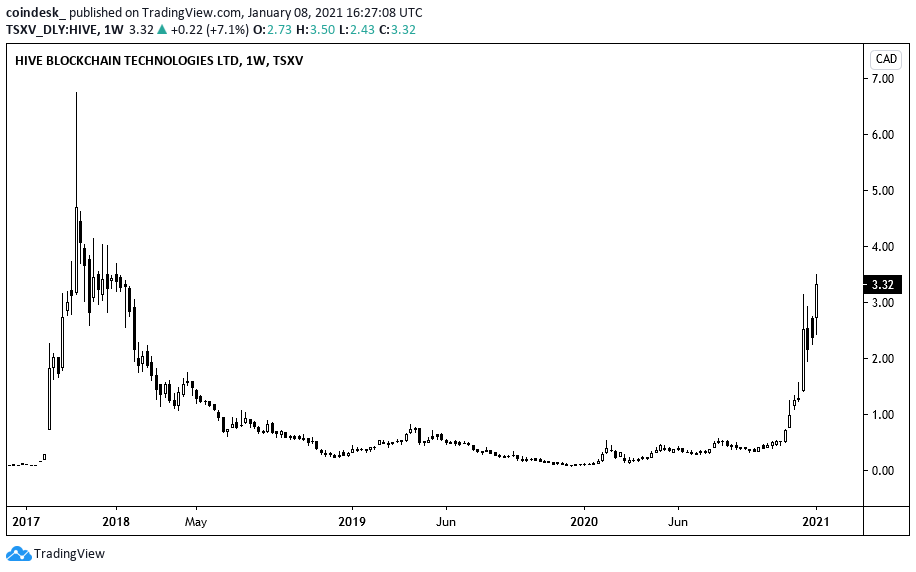Fed Reserve Analysts Say Common Digital Currency Distinction ‘Problematic’
Federal Reserve stamp on a $100 bill (Oleg Golovnev/Shutterstock)
Fed Reserve Analysts Say Common Digital Currency Distinction ‘Problematic’
Financial experts at the New York Federal Reserve have taken a critical look the differences between a “common” distinction made between digital currency systems.
- In a Wednesday Fed blog post, economists Rod Garratt and Michael Lee, analyst Brendan Malone and research exec Antoine Martin outlined the characteristics of “account-based” and “token-based” digital currency systems.
- According to the post, an account-based system requires verification of the identity of a payer, while a token-based system needs to verify if the “object” (i.e., token) used to pay is valid or not.
- The trouble, they write, is that some cryptocurrencies possess characteristics of both.
- In fact, the classification method is “problematic,” as the systems are not mutually exclusive and can’t be broken down to provide “a taxonomic hierarchy of digital payment methods.”
- The authors cite bitcoin as a prime example of a payment method possessing characteristics of both systems.
- Due to the way cryptocurrencies like bitcoin are constructed, the account-based system for digital currencies can be applied because of the nature of private keys and the alphanumeric string of numbers and letters that make up a bitcoin address.
- That is, their identity is verified using the private key and address.
- Yet, when a person wants to spend their bitcoin, the protocol verifies the payment’s validity by tracking its transaction history, making the crypto a fit for the token-based method.
- The authors note the difference between bitcoin, dollar bills and gold coins is whether a recipient of a payment can ascertain the validity of the payment unit with “reasonably high confidence.”
- While dollar bills contain security features making them hard to counterfeit, a crypto user cannot “independently” ascertain if their tokens are valid, they write.
- It’s worth noting that blockchains like Bitcoin’s ensure the validity of transactions with multiple confirmations from miners using powerful computing hardware, removing the need for independent verification of each unit.
- In conclusion, the authors argue the distinctions between the two classifications have limited value.
- And while such classification systems can be a useful tool in organizing and communicating concepts, in this case they could impede understanding of the growing digital currency technology space.
- “Perhaps these terms should be retired to avoid further confusion,” they write.
Disclosure
The leader in blockchain news, CoinDesk is a media outlet that strives for the highest journalistic standards and abides by a strict set of editorial policies. CoinDesk is an independent operating subsidiary of Digital Currency Group, which invests in cryptocurrencies and blockchain startups.








